In this post we share how to successfully distinguish a Tire Track Eel from other similar species and how to provide adequate care for this eel species to thrive in an aquarium.
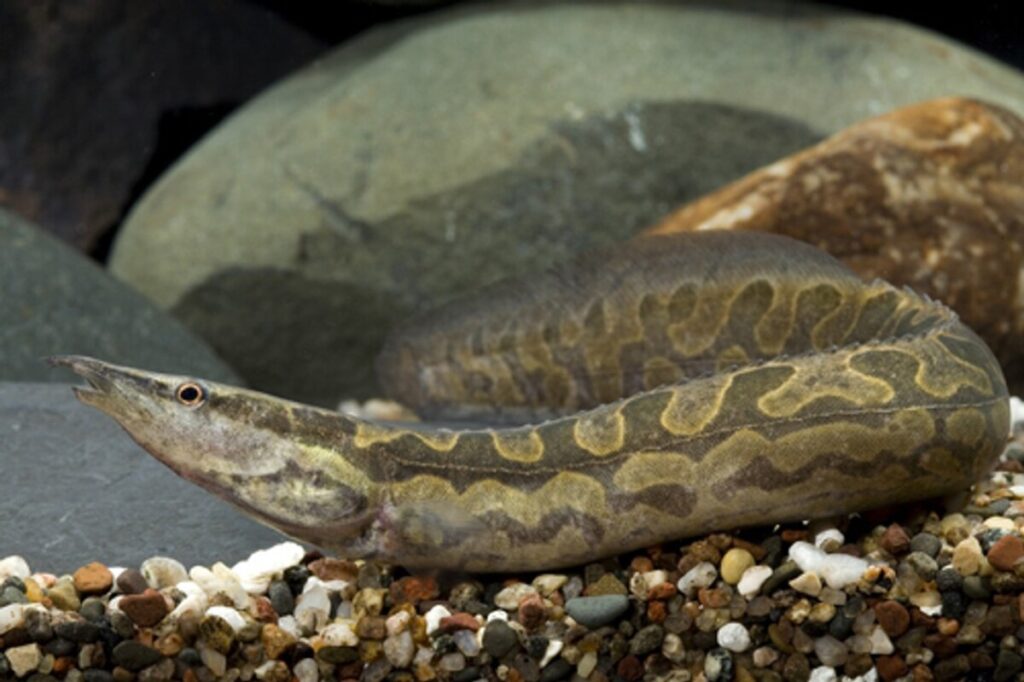
Tire Track Eel The Majestic Burrower
Have you considered adding a tire track eel as the centerpiece pet in your aquarium? If so, and if this is your Mastacembelus favus intro, you’re in for an exciting ride!
Although tire track eels are often mistaken for zig-zag eels (M. armatus), a similar-looking species, they have separate unique features.
This tire track eel overview covers their burrowing behavior, size, and appeal in large tanks to help you understand and handle this spiny eel species’ care like a pro.
So, let’s start with the basics of species identification, Background and Habitat, up next.
Author’s Note: Check out our post on The 13 Freshwater Aquarium Eels That Can be Kept as Pets for even more eels!
Natural Background & Habitat Needs

The tire track eel’s natural habitat is in the Southeast Asian rivers filled with sandy substrates and rocky hiding spots that fuel their burrowing instincts.
So, when designing an aquarium, include a soft and smooth substrate perfect for spiny eels. Sand is the best substrate for burrowing eels, but you can substitute it with fine gravel if there’s no choice.
Also, create hiding spots using rocks, coconut shells, large leaves, or driftwood to mimic their natural habitat.
Recognizing the Species
Let’s discuss how to identify tire track eel (M. favus) species and distinguish it from the zig-zag eel (M. armatus) by pattern and size.
See the following table for a detailed Mastacembelus favus vs. armatus distinction to ensure proper Tire track eel care.

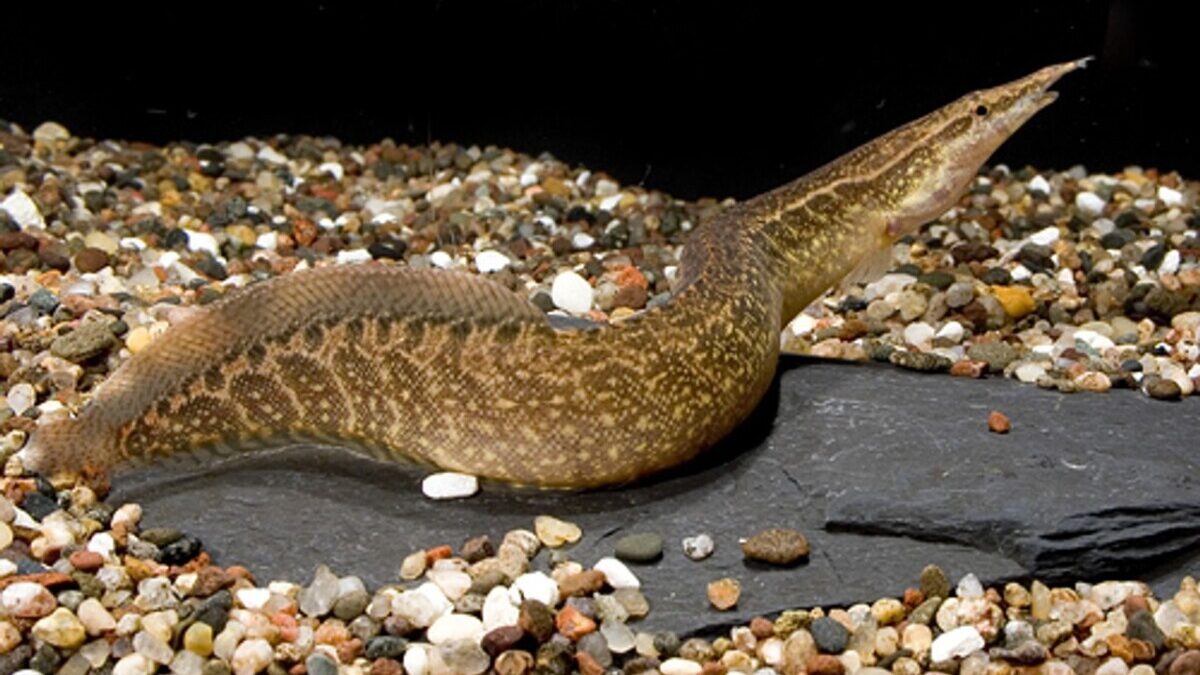
Author’s Note: There can be some confusion in the common names used for these species, particularly with “tire track eel” being used for both M. favus and M. armatus. However, M. favus is more definitively known as the tire track eel, while M. armatus is commonly known as the zig-zag eel.
| Tire Track Eel (M. favus) | Zig Zag Eel (M. armatus) |
| Reticulated body pattern all over | Reticulated body pattern covered ⅔ of the upper body |
| Reticulated belly pattern | Zero belly pattern |
| Long and Large with a maximum average length of 70 cm | Longer and Larger with an average of 90 cm length |
| Shorter dorsal fins | Longer dorsal fins |
Tank Setup Essentials
This spiny eel tank setup guide contains tips to provide your pet with a good out-of-river experience. You need the following essentials for the best quality of life:
Tank
Get a tire track eel tank size of approximately 75 gallons, about 4 feet long, with a secure lid because they like to jump.
Substrate & Decor

Use enough sand or smooth gravel to complement their need for deep substrate due to their burrowing behavior.
You can also add safe decorations like live plants, driftwood, shells, and other materials that match your theme or aesthetic preferences.
Be sure to keep an open swimming area to allow them to move freely.
Filtration System
Install an oxygen-rich filtration system to keep the water aerated while cleaning.
A strong external filter works for their messy feeding and waste habits, while consistent water changes at least once every week maintain the quality.
M. favus’ brackish tolerance is low, between 1.000 – 1.005, so ensure proper acclimation before introducing them into the tank.
Author’s Note: For more on filters check out our post on The 7 Best Aquarium Canister Filters for a comprehensive guide!
Water Parameters & Maintenance
The following tire track eel water conditions would ensure proper acclimation:
- 75–82°F temperature
- pH level of 6–7.5 and,
- Maintaining high water quality through weekly water changes.
Add periodic substrate cleaning to your eel care routine to preserve the water quality and maintain ideal parameters for spiny eels regardless of their messy eating habits.
Without maintaining proper water parameters, the tank’s water quality can degrade, which can cause a wide range of issues from cloudy aquarium water to illness and mass die off.
Diet & Feeding Behavior
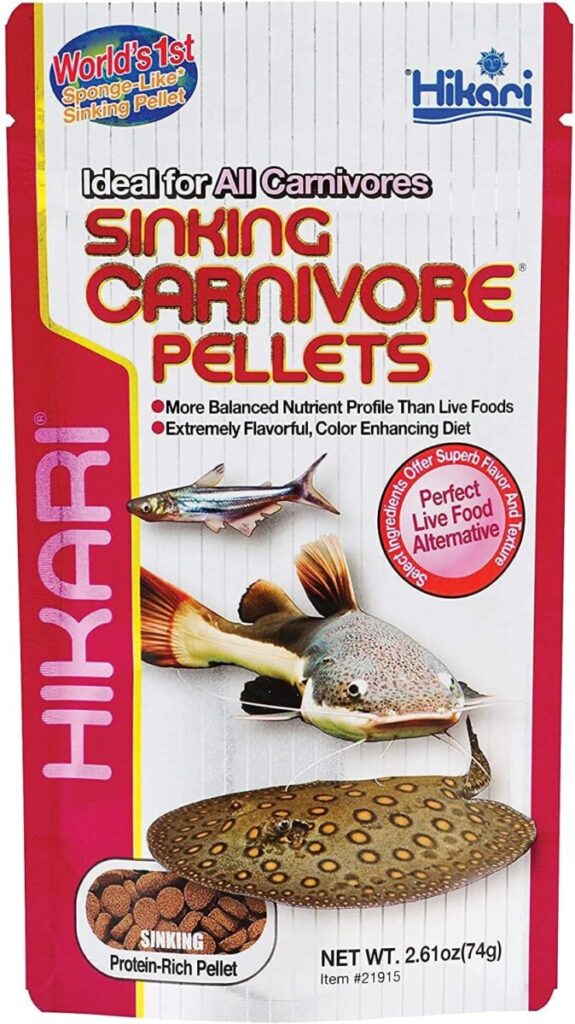
Sinking Carnivore Pellets for Pet
Found On Amazon
Tire track eels are nocturnal carnivores, which means they’re night feeders who prefer live foods.
With this tire track eel feeding guide, you can satisfy your pets and prevent them from escaping when hungry.
Some of the best eel foods include
- Worms
- Carnivore Pellets
- Shrimp
- Chopped krill
- Small fish
Serve them pellets as staples daily while the other live foods should be supplementary. You can feed them carnivorous meals in frozen, freeze-dried, dried, or live forms.
This species is a messy eater and often gets territorial during feeding, so carefully select their tank mates.
Tank Mates & Compatibility

As a carnivorous pet, only large peaceful fish make ideal tire track eel tank mates.
Typically, the tire track species isn’t an eel community fish because of its solitary nature. However, they can co-habit with other tank mates in a spacious setup.
Also, since Tire Track eels are escape artists that need secure lids to keep them from jumping out, only loaches, gouramis, and other peaceful fish for spiny eel tanks can survive in similar conditions.
Health Issues & Prevention
Ensuring spiny eel health care is a full-time job because many illnesses come from poor maintenance.
They’ll fall sick if you don’t feed your pets adequately, keep their living conditions pristine, and provide them with compatible tank mates or a solitary home.
Some common tire track eel diseases caused by poor environmental management and their characteristics include:
- Skin infections from burrowing in contaminated sand.
- Bacterial infections cause fin rot and cloudy eyes.
- Parasitic infections from poor water quality cause flukes and white spots.
- Fungal infections from poor water quality.
Prevention and Cure
Here’s how to prevent eel infections, plus treatment tips in case your methods fail.
- Quarantine the affected eel.
- Change the water up to at least 25%.
- Ensure optimal water parameters.
- Add marine salt to the water for skin disease prevention and cure. Measure two teaspoons per 2.5 gallons.
- Use first aid like Melafix and Stress coat for skin diseases
- Avoid copper medication.
Lifespan & Long-Term Care

With proper long-term care for spiny eels like Tire Track species, they can live for 8–18 years! So, understand that adding this species to your aquarium is a long-term commitment.
Providing adequate tire track eel care for a long lifespan in good health starts with their living conditions like tank size, water quality, interior decor, and extends to their food intake.
Scroll up to see details on how you can provide consistent care with a proper setup and low handling to maximize your tire track eel’s lifespan.
Conclusion: Is It Right for You?
In this guide you’ve learned about the best eel species for experienced aquarists!
Now, are you ready to provide the care a tire track eel needs for survival in an aquarium? Do you want more eel keeper tips or can you remember the basics highlighted in this overview?
To get your answer, make a checklist of the tire track eel advice in this guide and compare it to what you can provide. Be honest with yourself and only choose this Tire Track eel for your aquarium if you’re an experienced hobbyist with time and resources.


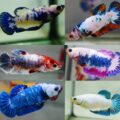

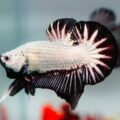




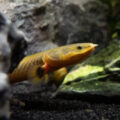

2 thoughts on “Tire Track Eel (Mastacembelus Favus): Majestic Burrowing Beauty for Dedicated Aquarists”